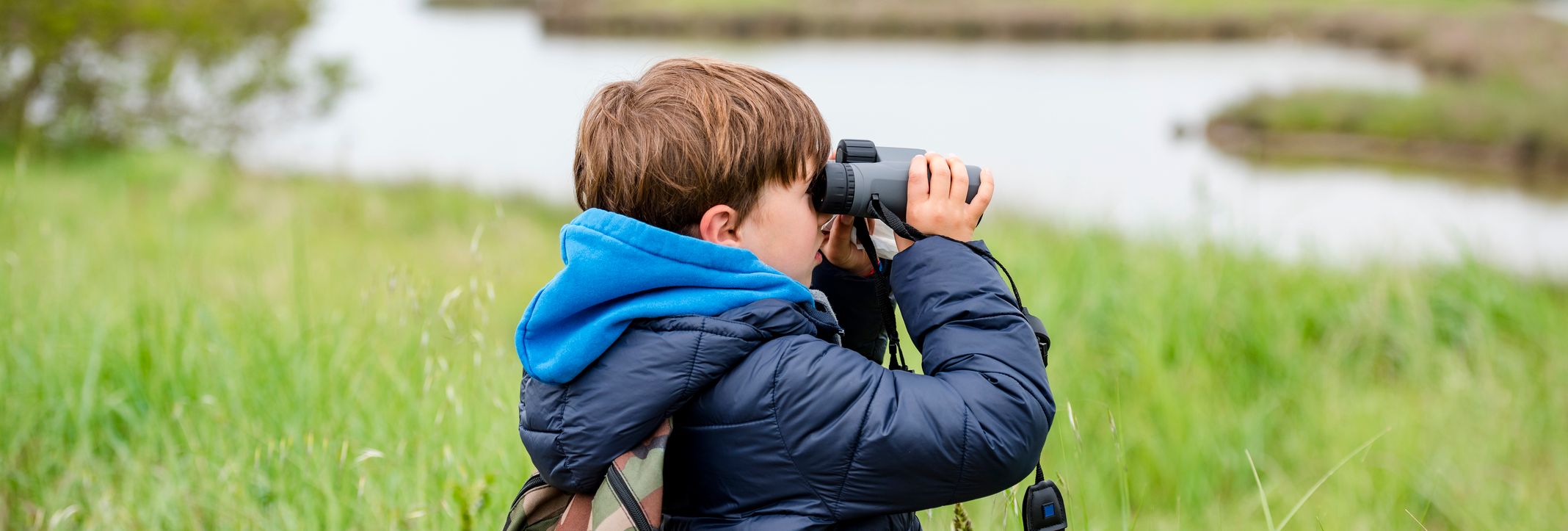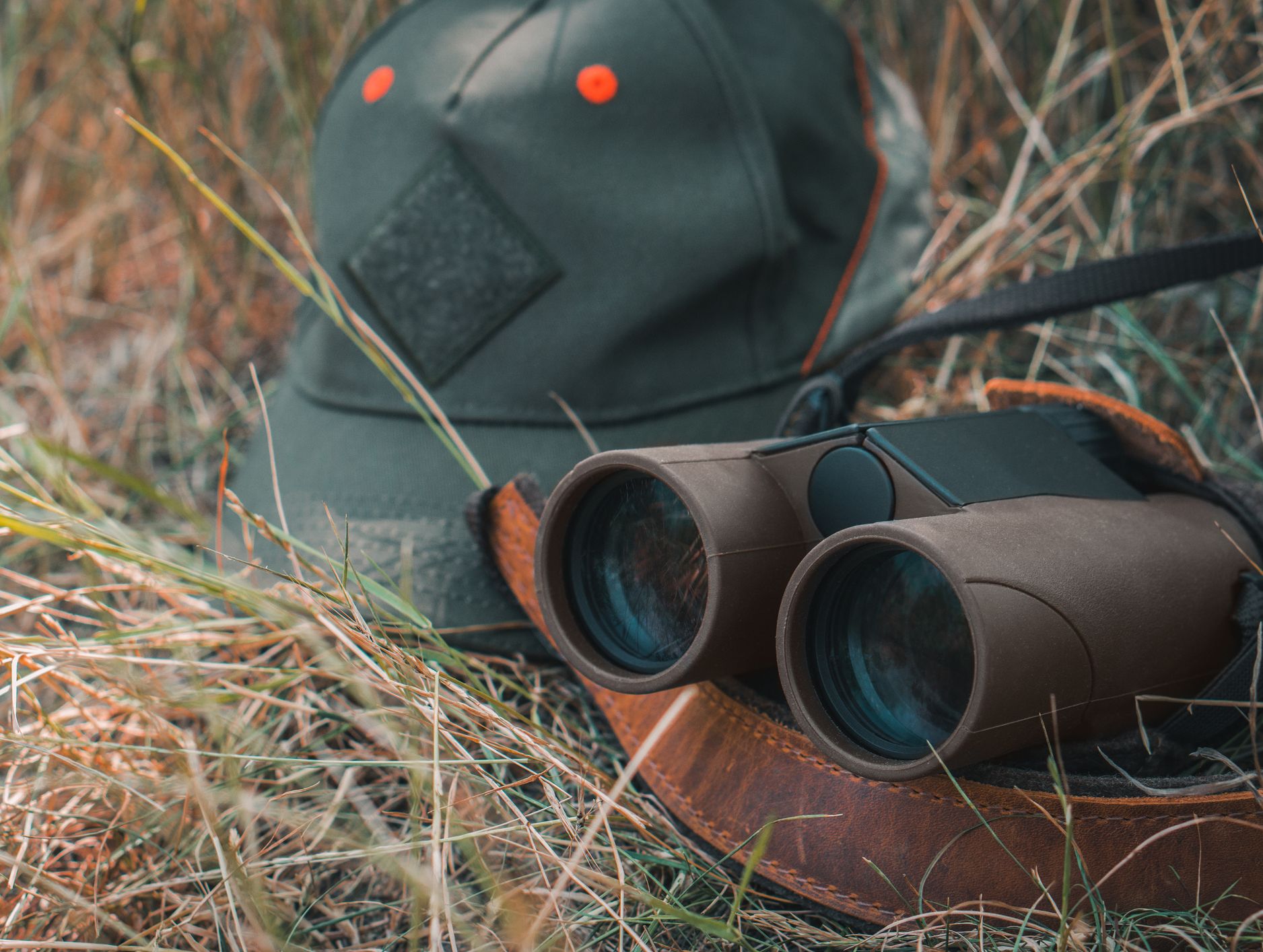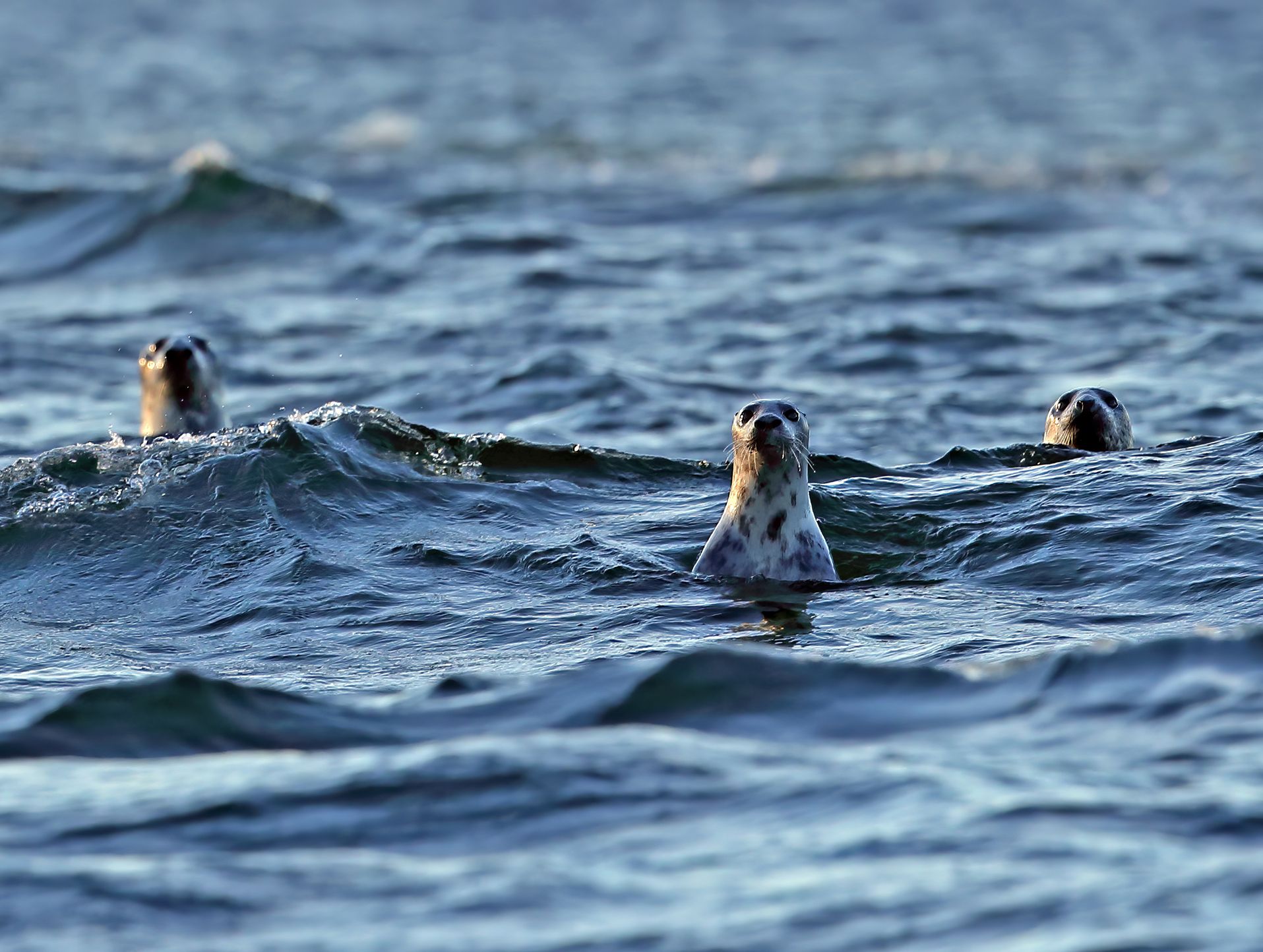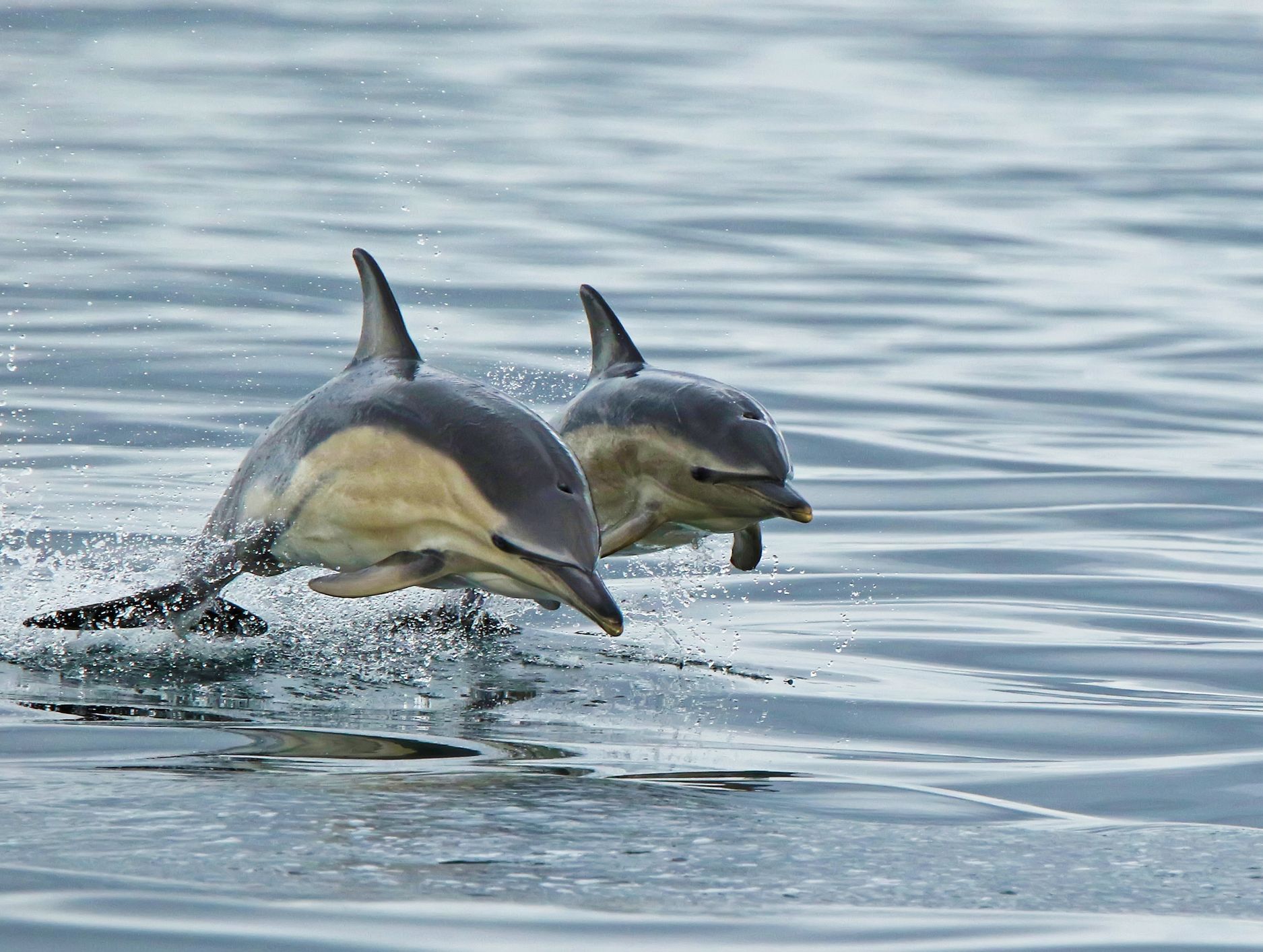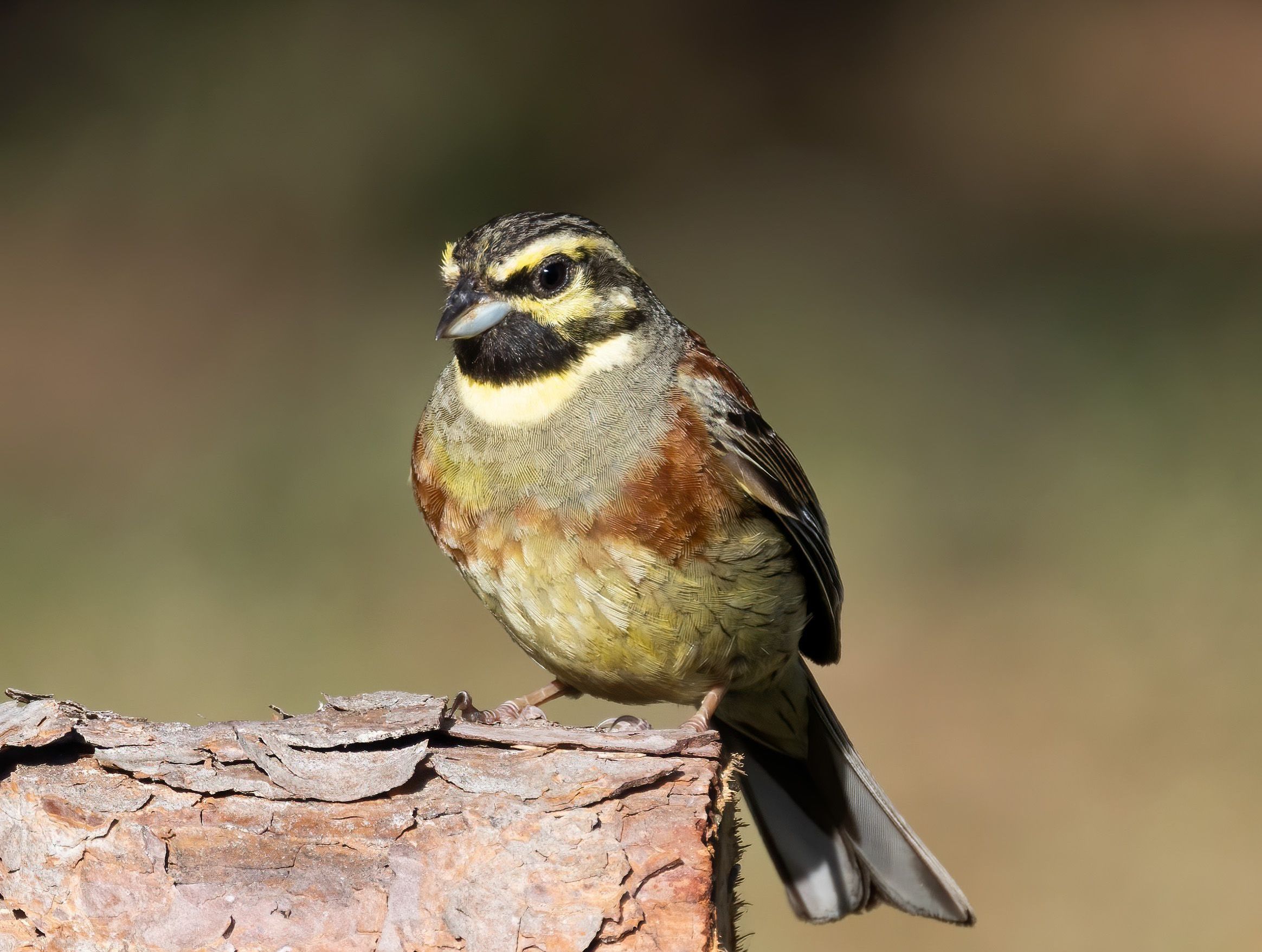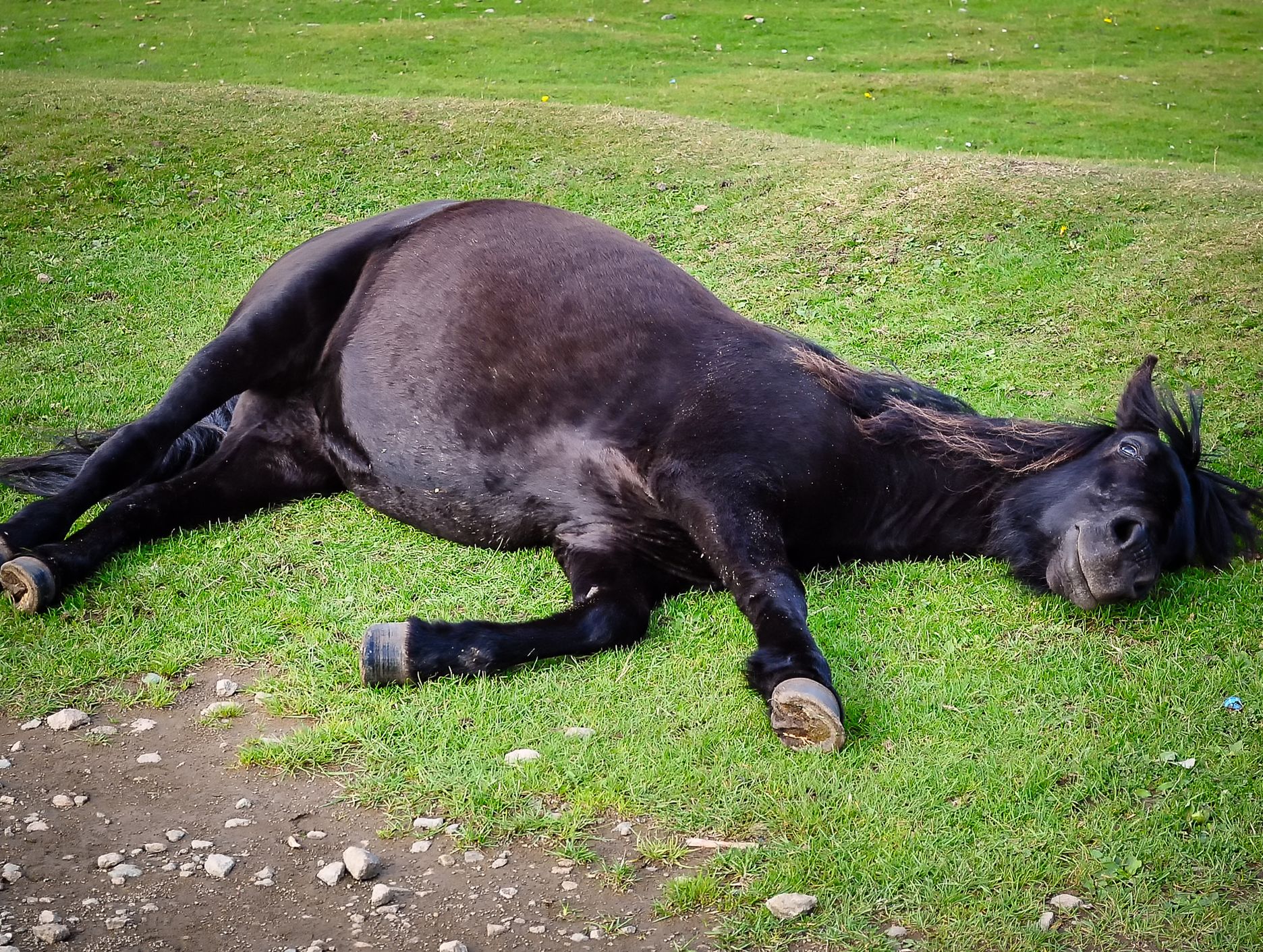Where to stay
Wildlife spotting is a bit like fishing or knitting. It's a slow, mindful sort of hobby that demands expert patience – but the payoffs are well worth the wait.
In other words, you'll need a good few days to enjoy the abundant wildlife in Devon. So, why not stay with us here at Leonard's Cove and make a holiday of it?
With cottages, lodges, mobile homes and all the mod cons you could want, you'll always have a comfortable spot waiting for you. And thanks to our clifftop location, you might even see some wildlife from your own front window.
You'll get the best deal with our unique South Devon breaks. We hope to welcome you soon – but until then, happy spotting!
